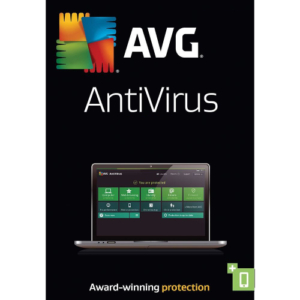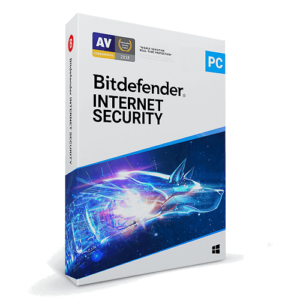A Multi-Device License is a type of software or content licensing agreement that allows users to access and utilize a particular software application, service, or digital content on multiple devices under a single, typically cost-effective license. This licensing model is designed to accommodate the modern, interconnected digital landscape in which individuals and organizations use various devices such as smartphones, tablets, laptops, desktop computers, and more.
With a Multi-Device License, users can enjoy the convenience of seamless access across their devices without needing separate licenses for each one. This means that whether you’re at home, in the office, or on the go, you can use the software or access the content with consistency and ease.
Multi-Device Licenses are commonly employed for various types of software, including productivity tools, creative applications, and security software. Streaming services and digital media platforms also adopt this model, ensuring that subscribers can watch or listen to their favorite content on their preferred devices.
This licensing approach often promotes efficiency and cost savings, as users do not need to purchase multiple licenses or subscriptions, which can be particularly advantageous for businesses with multiple employees or individuals with multiple devices. However, it’s important to note that the terms and conditions of Multi-Device Licenses can vary, so it’s crucial to read and understand the specifics of the license agreement to ensure compliance and avoid any potential violations.
In summary, a multi-device license offers the flexibility and convenience of accessing and using software or digital content across a range of devices, simplifying the user experience and potentially reducing costs for both individuals and organizations.
- Display 15 Products per page


 Bitdefender Internet Security
Bitdefender Internet Security Bitdefender Internet Security
Bitdefender Internet Security Bitdefender Total Security
Bitdefender Total Security
